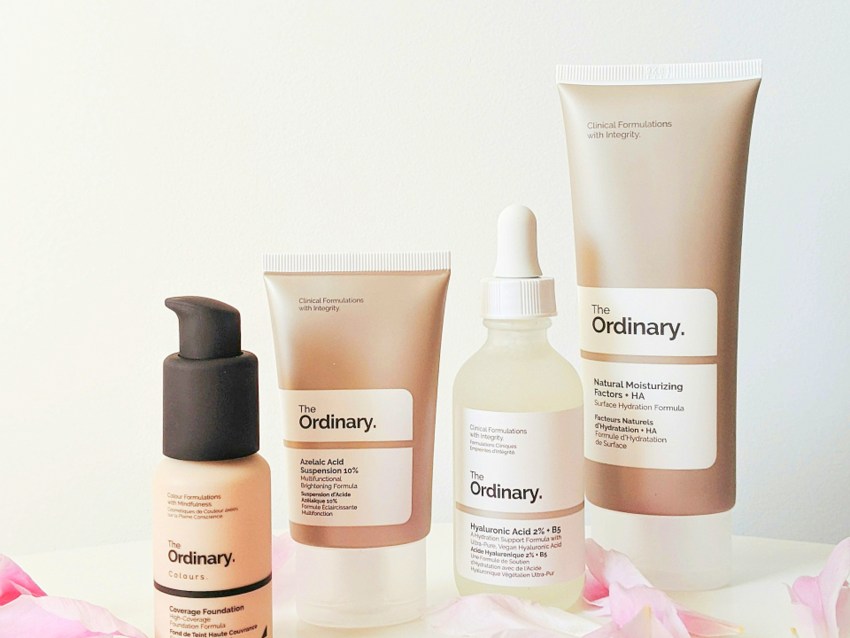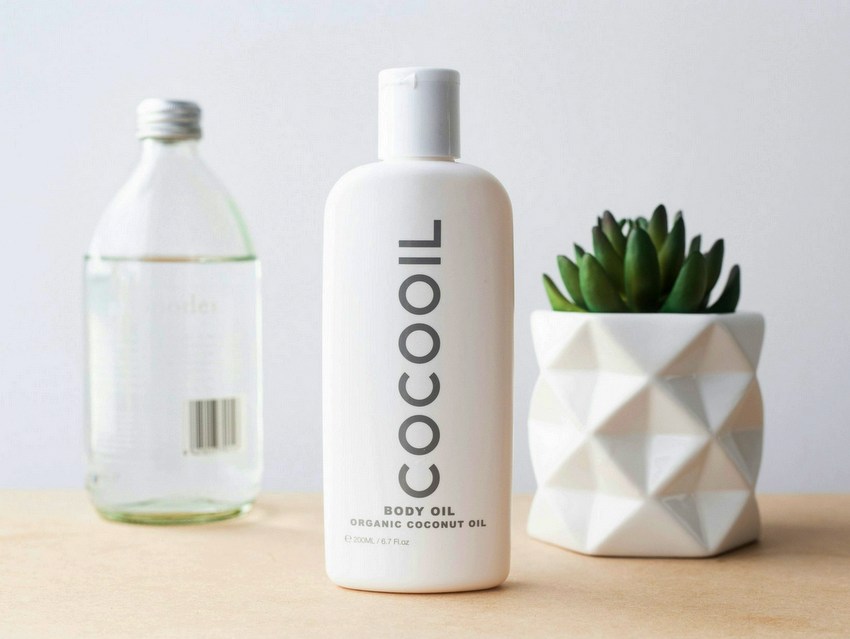its written by monica

Decoding skincare labels feels overwhelming, but take a deep breath…
Navigating or decoding skincare labels can be overwhelming with the plethora of products boasting a myriad of ingredients. In a world where consumers are increasingly seeking transparency and efficacy in their beauty products, understanding skincare labels has never been more crucial. Deciphering these labels not only empowers you to make informed choices but also safeguards your skin from potentially harmful substances.
With the rise of greenwashing and complex chemical names, how can you truly know what’s beneficial for your skin? This blog post aims to unveil the secrets behind skincare ingredients, helping you to decode labels with confidence and make decisions that align with your skin’s unique needs. Get ready to become a savvy skincare label reader, ensuring that every product you choose actually delivers on its promises.
1. The basics of skincare product labels
Skincare product labels or decoding skincare labels can often be overwhelming with complex terminology and claims. Understanding these labels is crucial for making informed choices about the products you use on your skin. Let’s dive into the key aspects of skincare product labels to help you decode them effectively.
a. deciphering ingredient lists
When it comes to skincare products, the ingredient list is where the truth lies. Learning how to read and interpret these lists is essential. Ingredients are usually listed in descending order of concentration, so the first few ingredients have the highest amounts in the product. Watch out for common misleading terms like “natural,” “hypoallergenic,” or “dermatologist-tested,” which may not always guarantee the product’s quality. Look out for ingredients like parabens, sulfates, and artificial fragrances, which could be harmful to your skin.
b. understanding organic and natural claims
Organic and natural claims on skincare products are confusing, so decoding skincare labels is tough. Organic ingredients are grown without synthetic pesticides or fertilizers, while natural ingredients are derived from natural sources. However, not all natural ingredients are safe, and not all synthetic ingredients are harmful. Look for genuine organic labels certified by reputable organizations like COSMOS or Soil Association. Beware of green washing tactics where products may claim to be natural or organic without valid certification. Understanding the difference between these claims can help you make more informed choices for your skincare routine.

2. Identifying harmful ingredients
Understanding the ingredients in skincare products is crucial for making informed choices about what we apply on our skin. By decoding ingredient labels, we can identify harmful substances and opt for safer alternatives that promote skin health.
a. Known irritants to avoid
Certain ingredients commonly found in skincare products can trigger irritation or allergic reactions, particularly in individuals with sensitive skin. Ingredients such as parabens, sulphates, fragrance, alcohol, and synthetic dyes are known culprits. To spot and avoid these irritants on labels, look for terms like “fragrance-free,” “sulphate-free,” or “paraben-free.” Opt for products with gentle, natural alternatives to reduce the risk of skin irritation.
b. Understanding fragrances and preservatives
Synthetic fragrances and preservatives in skincare products can have a detrimental impact on skin health. These ingredients may lead to skin sensitivities, allergic reactions, or even disrupt the skin’s natural balance. When selecting products, prioritise those with essential oils or natural fragrances instead of synthetic options. Look for natural preservatives like vitamin E or grapefruit seed extract that can effectively extend a product’s shelf life without compromising skin safety.
In your skincare routine, being mindful of these harmful ingredients and opting for gentle, nourishing alternatives can contribute to healthier and happier skin. By understanding what goes into your skincare products, you empower yourself to make informed choices that support your skin’s well-being.

3. Green beauty certification and standards
In the world of skincare products, understanding green beauty certifications and standards is crucial for making informed choices that align with your values and ethics. These certifications play a significant role in determining the quality, sustainability, and ethical standards of the products you use on your skin.
a. Decoding symbols and expiry dates
When exploring skincare product packaging, you may come across various symbols that hold important meanings. Understanding these symbols can help you make the most of your products while ensuring their effectiveness. For example, the ‘open jar’ symbol indicates the product’s shelf life after opening, guiding you on when to use it before it expires. Additionally, decoding expiry dates is essential to guarantee product freshness and prevent using expired products that may harm your skin.
b. Spotting misleading marketing claims
It’s not uncommon for skincare labels to use marketing tactics that can mislead consumers. From exaggerated claims to vague terminologies, deciphering these tactics is key to making conscious decisions. By learning to spot misleading marketing claims, such as ‘all-natural’ or ‘chemical-free,’ you can navigate through the marketing noise and focus on the ingredients that truly matter for your skin’s health. Educating yourself on common marketing strategies empowers you to choose products that align with your skincare goals and values.

4. The future of skincare transparency
In today’s beauty industry, the future of skincare transparency holds great importance as consumers increasingly seek clear and honest labelling practices. The demand for transparency in skincare products has led to a shift in how brands communicate with their audience. Let’s delve into how consumers can be the driving force behind promoting change in the beauty industry.
a. Evolving landscape of skincare transparency
The evolving landscape of skincare transparency signifies a pivotal moment where consumers are more discerning about the products they use on their skin. With a growing emphasis on natural, sustainable, and ethical beauty, brands are under pressure to provide detailed information about ingredients, sourcing, and manufacturing processes. This shift towards greater transparency empowers consumers to make informed choices that align with their values and preferences.
b. Consumer-driven change in beauty industry
Consumers are at the forefront of driving change in the beauty industry by demanding transparency and accountability from skincare brands. Through increased awareness, education, and advocacy, individuals can influence brands to adopt clearer labelling practices and uphold ethical standards. By voicing their concerns, sharing feedback, and supporting brands that prioritize transparency, consumers play a vital role in shaping the future of skincare.
As the pursuit of skincare transparency continues to gain momentum, it underscores the significance of informed consumer choices and ethical business practices in the beauty industry. By championing transparency and holding brands accountable, consumers can foster a culture of openness and integrity that benefits both individuals and the industry as a whole.

Conclusion
Understanding skincare labels can empower you to make informed and confident choices. By recognizing the key components, differentiating between scientific and marketing jargon, and staying aware of potential irritants, you can navigate the skincare aisle with clarity.
Empower yourself with knowledge and don’t be swayed by enticing packaging or unsubstantiated claims. Your skin will thank you.